Raising frogs in cages - an effective direction
In recent years, many households in Bac Ninh province have switched to raising commercial frogs in cages placed on ponds. The model helps to easily manage the herd, limit losses and quickly turn over capital. Notably, Mr. Nguyen Van An's household in Cho village, An Duong commune, old Bac Giang province (now Nha Nam, new Bac Ninh province), started raising frogs in 2019.
Unlike traditional farming, Mr. An uses cages (covered) placed on the pond surface. He currently maintains 28 cages, each batch releases about 40,000 frogs. In the first batch, he released 20,000 frogs into 7-8 cages, then leveled the cages and sorted their sizes to reduce the phenomenon of big frogs biting small frogs. "Leveling the cages at the right time is key, if you are slow, you will lose a lot of frogs," he shared his experience.
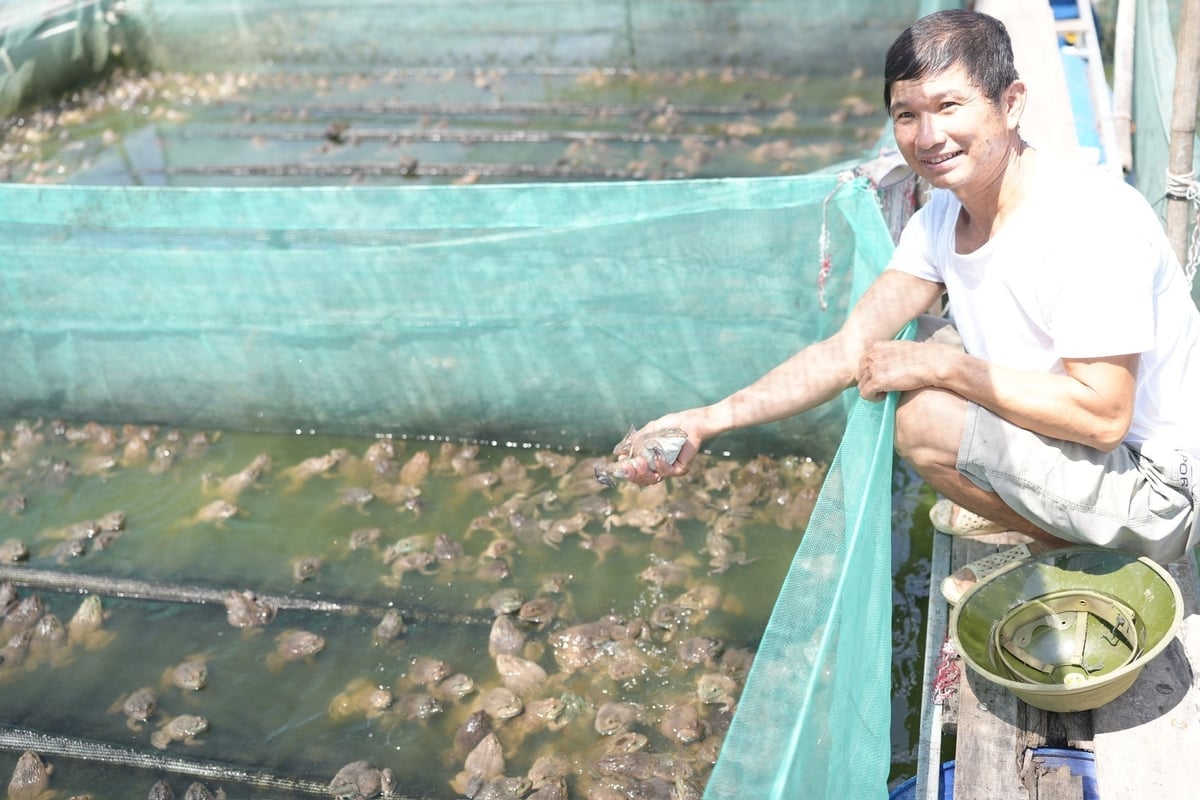
Mr. Nguyen Van An in Cho village, Nha Nam commune, Bac Ninh province owns 28 frog cages, earning hundreds of millions of dong each year. Photo: Pham Minh.
Regarding the rearing time, each batch lasts about 2 months and 10 days to reach the commercial size of 2 frogs/kg. The frog breed is imported at a common price of 700-800 VND/frog, at the beginning of the season it can go up to 1,000-1,400 VND/frog.
Thanks to stable techniques, he raises 2-3 batches each year depending on the weather; the yield reaches 7-8 tons. The current selling price fluctuates between 48,000-52,000 VND/kg. “On average, I make a profit of about 15,000-20,000 VND/kg, the capital turnover is much faster than other livestock. Accumulated for the whole year, the profit from frogs alone is about 160-200 million VND,” Mr. An shared.
A notable point is the flexibility of the model: frog cages placed on ponds can be easily expanded according to water surface conditions; cleaning, harvesting, and food control are also centralized, reducing labor compared to free-range farming. In addition, he monitors the water (water color, smell, air bubbles, etc.) every day to promptly change the local water around the cage area when seeing unusual signs, limiting environmental shock to the frogs.
Output, support policies and open directions
According to Decision No. 59/QD-SNN of the Department of Agriculture and Rural Development (now the Department of Agriculture and Environment), households participating in the pilot model like Mr. An are supported with 70% of the cost of breeding stock and about 60% of the cost of bran.
“The support policy is very practical, but it is important that households can provide capital and keep up with technical requirements,” said Ms. Do Thi Quyen, Director of Nha Nam Commune Public Service Center.

Mr. Nguyen Van An shares his experience: "Timely leveling is key, if you are a step late, you will lose." Photo: Pham Minh.
However, stable output is the key. Mr. An aims to standardize the process, aiming for VietGAP to increase value, connecting supermarket chains and regular consumption channels. “With certification, the value will be different immediately, consumption will be less unstable,” he said.
From the perspective of production organization, the frog cage model is convenient for linking groups, households, production teams or cooperatives. The owner of 28 frog cages also said that preferential credit connections help households have revolving capital for feed - the largest expense in frog farming. "If we can access low-interest capital, we will be much more proactive and not be 'out of sync' when feed prices increase," he said.
“If you do it right, follow the process, take advantage of support policies and have an output, raising frogs is not difficult. I believe this model can be expanded further when standardized and well connected,” Mr. An hopes.
Raising frogs in cages can become a sustainable model, not only helping to utilize the water surface, but also opening up a direction for diversifying production for farmers. This is a direction that needs to be replicated, contributing to the development of commercial aquaculture, increasing income for rural people.
Source: https://nongnghiepmoitruong.vn/nuoi-ech-long-cho-hieu-qua-kinh-te-cao-d774879.html






![[Photo] Opening of the 14th Conference of the 13th Party Central Committee](https://vphoto.vietnam.vn/thumb/1200x675/vietnam/resource/IMAGE/2025/11/05/1762310995216_a5-bnd-5742-5255-jpg.webp)

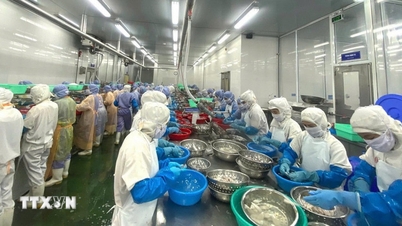


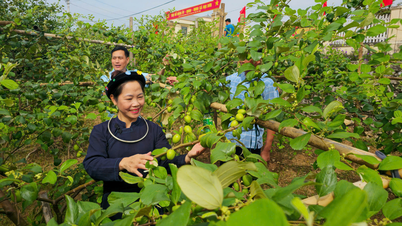

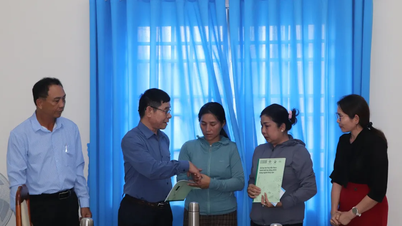

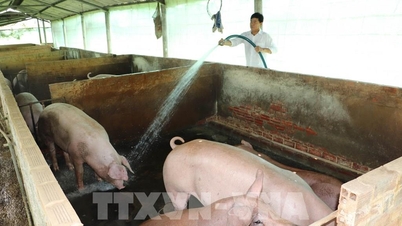

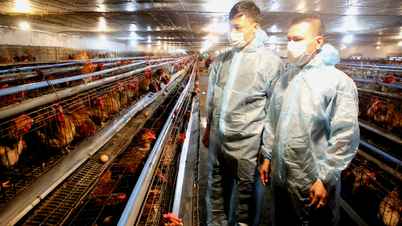

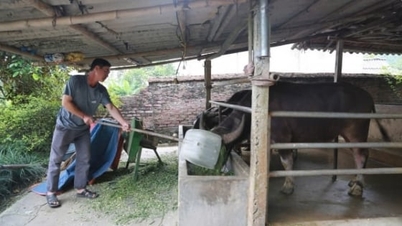
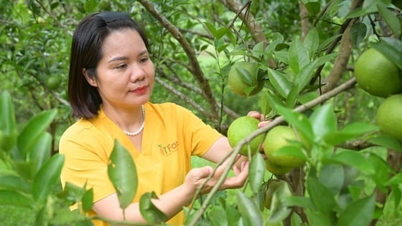







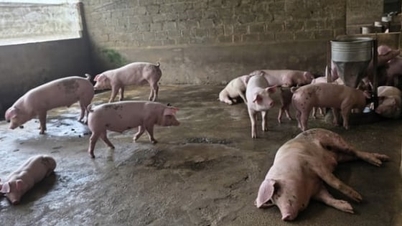
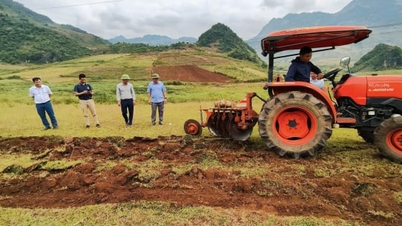
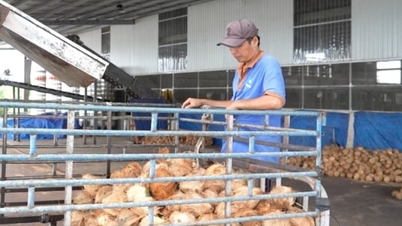



![[Photo] Panorama of the Patriotic Emulation Congress of Nhan Dan Newspaper for the period 2025-2030](https://vphoto.vietnam.vn/thumb/1200x675/vietnam/resource/IMAGE/2025/11/04/1762252775462_ndo_br_dhthiduayeuncbaond-6125-jpg.webp)










































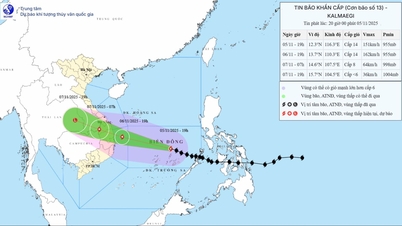
















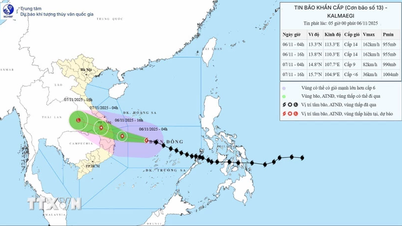















Comment (0)